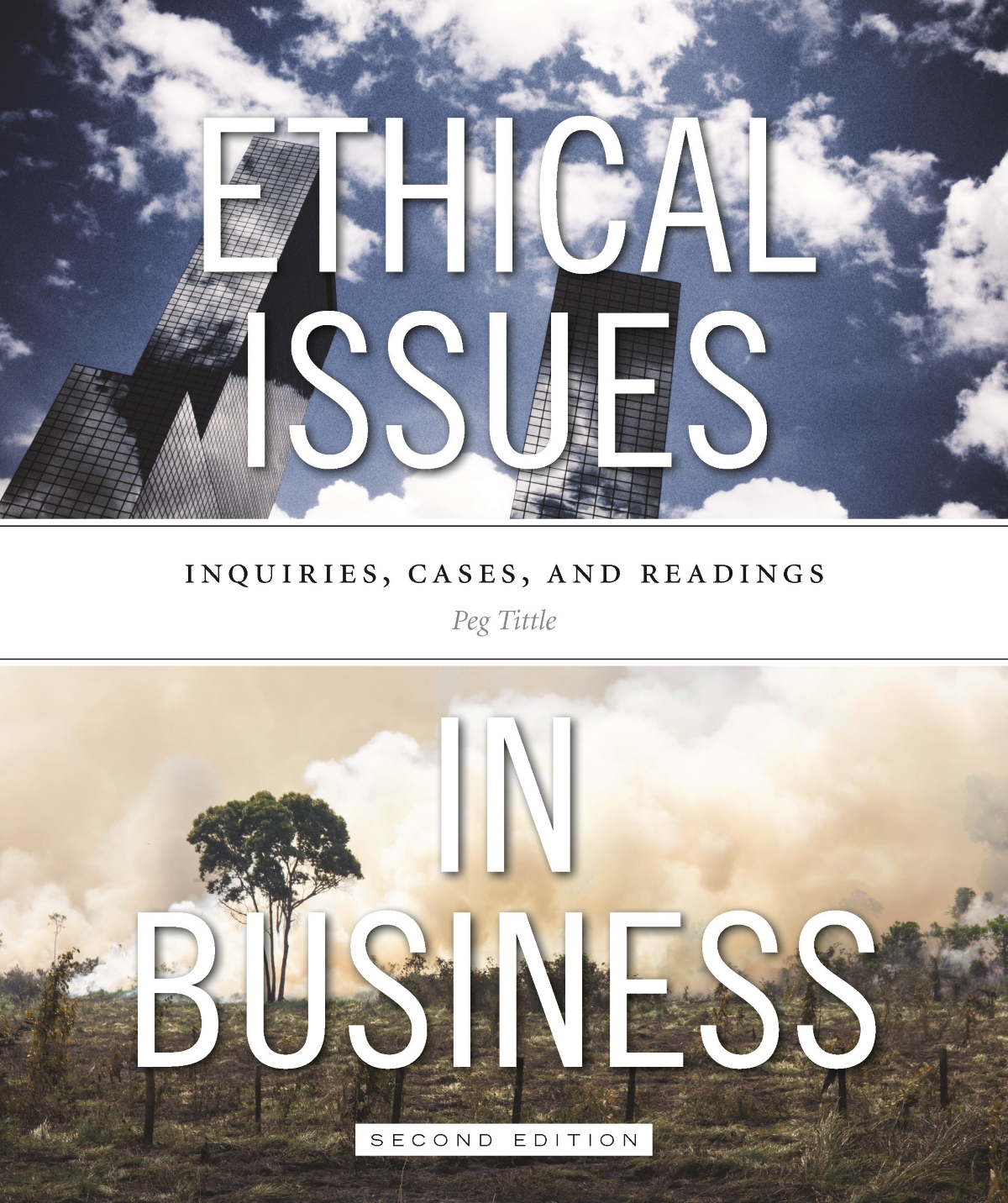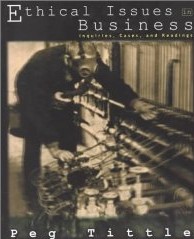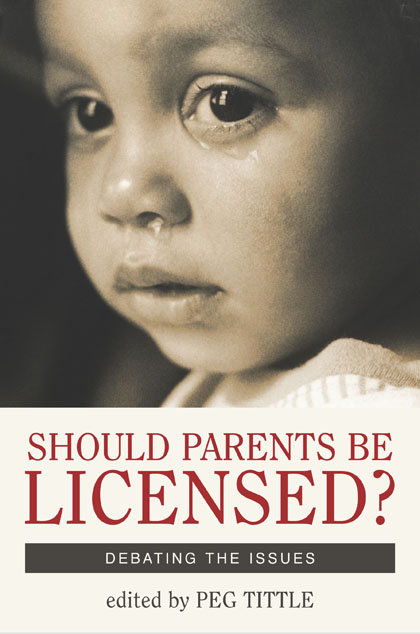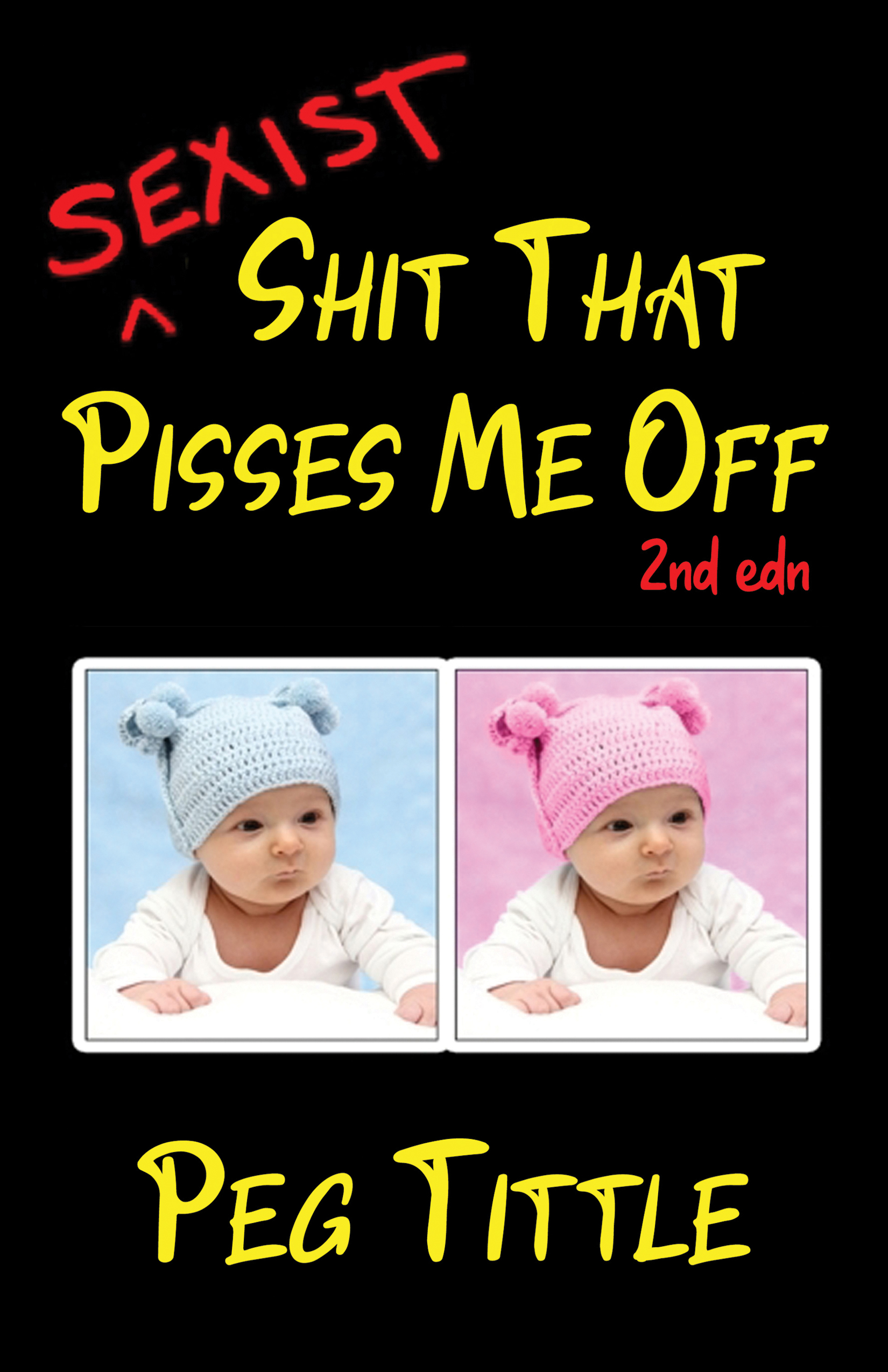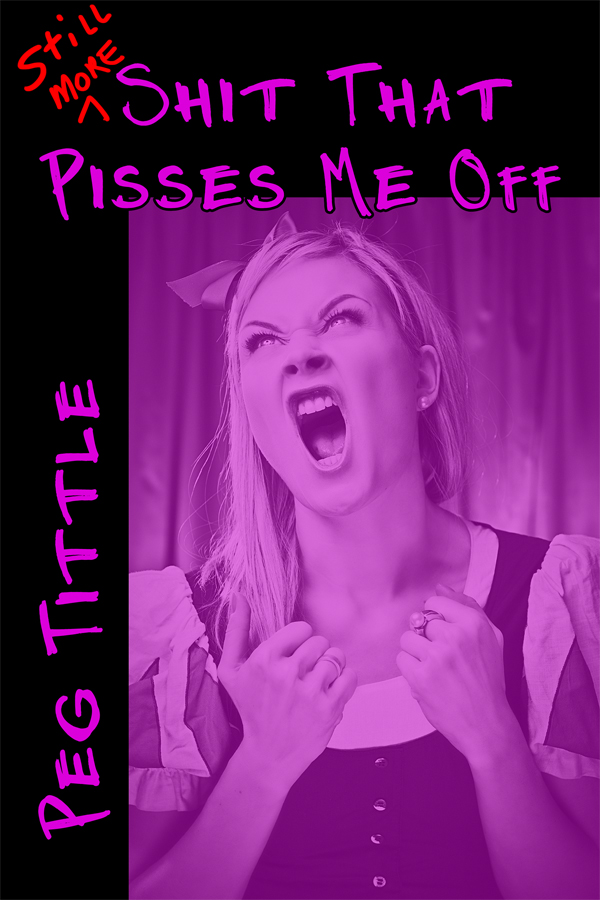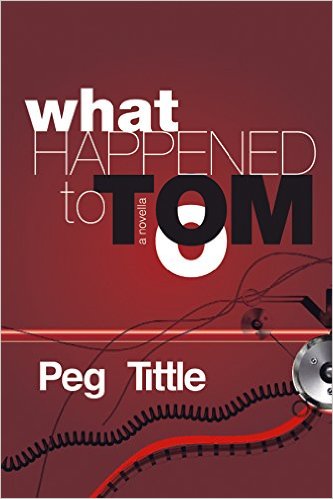I suspect that even with today’s rigorous interview and job performance appraisal techniques, which require that all applicants be asked and scored on the same questions, multiple standards still interfere with merit as the sole criterion for hiring and promotion.
How? Well suppose the interviewers are asked to rate the candidates on ‘friendliness’. On an absolute scale of ten, the averagely friendly woman is, or is thought to need to be, at, let’s say, 6. So for a female candidate to be rated ‘very friendly’ as opposed to just ‘friendly enough’, she must score 7 or better. The averagely friendly man, on the other hand, men tending of course to smile less, chat less, be more product-oriented than process-oriented, etc., is at, say, 4. So for a male candidate to be rated ‘very friendly’, he must score only 5 or better. There you have it: suppose both a male and female applicant score 5 on this friendliness score – the man will be perceived as ‘more friendly than’ and the woman as ‘less friendly than’.
The same might go for appearance: the man who spends ten minutes to get ready for work, to shower and put on clean clothes, is deemed presentable; the woman who does the same is told she should’ve dressed up a bit (what, no make up? no styled hair? no jewellery?).
The assertiveness scale probably works the other way: say both candidates are at 5 – the man may be deemed ‘not a go-getter’ or ‘lacking in confidence’, the woman, ‘pushy’ or ‘arrogant’.
And on and on.
How do we correct this? Many interviewers take great pains to be fair, to be consistent, to stick to the list of questions – so what, exactly, is the problem? Well, it’s usually not the questions, but the answers – it’s how the answers are heard. Most of the interviewers were raised in sexist times and so differentiating on the basis of sex is second nature to them; and it’s hard to shed one’s formative years overnight. Or even over a decade, apparently.
Gender blind interviewing might help, but without expensive voice scramblers and screens, this is impossible. And I suppose, to some extent, these measures would defeat the purpose of the interview.
However, if all items but those which couldn’t possibly be measured except in a face-to-face encounter were measured prior to the interview, that would go a long way. Cover letters and resumes could be identified by number only (as is the case with anonymous review for publication). Calling people listed as references would, unfortunately, reveal gender (damn our language and names), so perhaps the conversation or at least the comments could be translated to gender-free language by someone not doing the actual scoring. This wouldn’t eliminate the gender bias of the person called, but it would minimize what gets passed on.
Another solution might be to adjust the scores, after the interviews, to compensate for the sexism: one could apply an SCI, a Sexism Compensation Index, whereby all of the scores would be adjusted up or down a few points depending on the sex of the applicant, the item scored, and perhaps the sex of the interviewer. So, for example, the woman’s friendliness score of 5 will get boosted to 6 or 7 to reflect the higher standard that is sexistly expected of women; 7 compared to 5, well then it’s clear that the woman indeed is the friendlier of the two.
Am I serious? Not really. But sort of – knowing this, considering this, during the interview and at any other gender-known stage, might alone effect the necessary adjustment.



